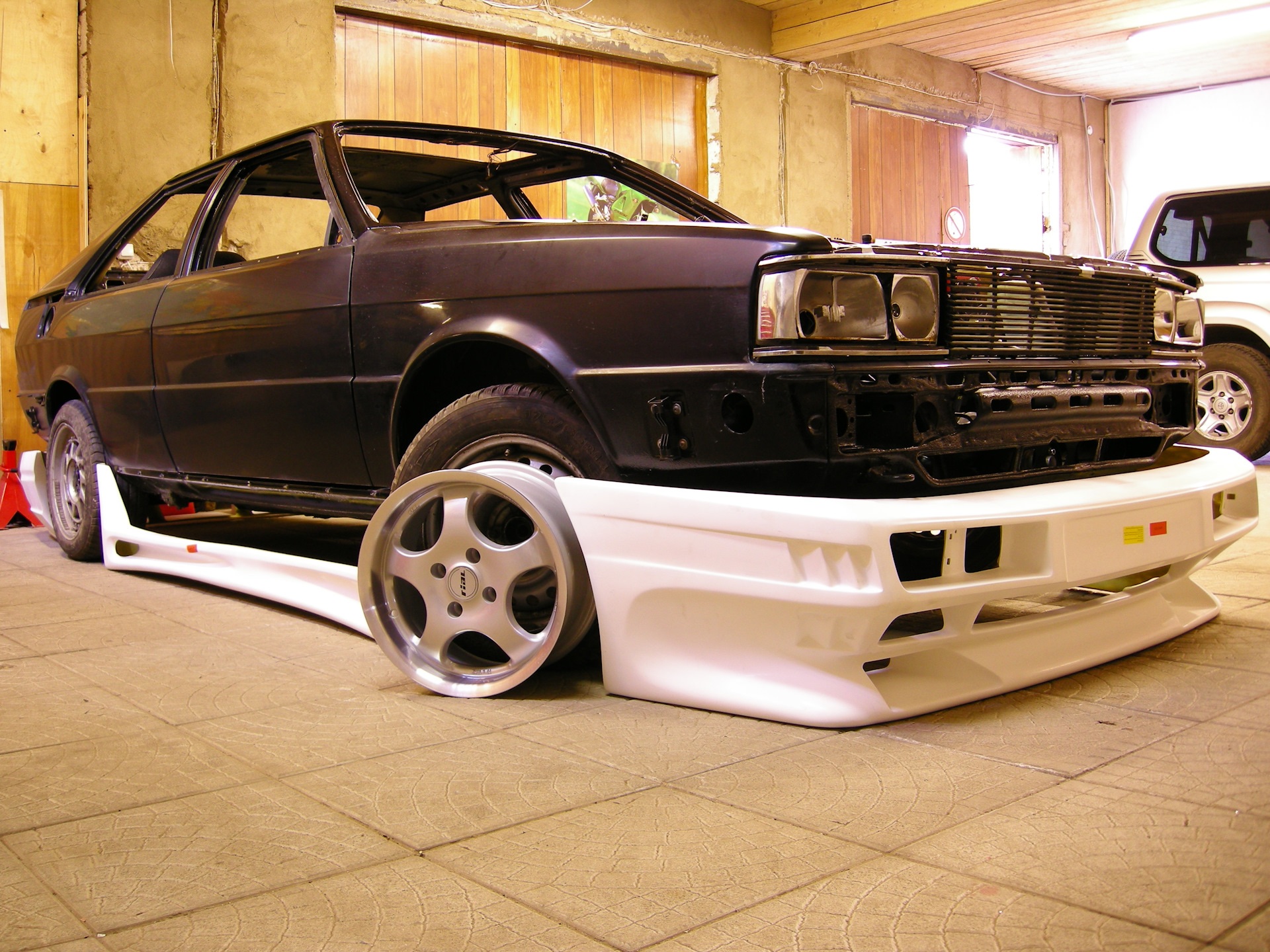
Cylinders. What should you know?
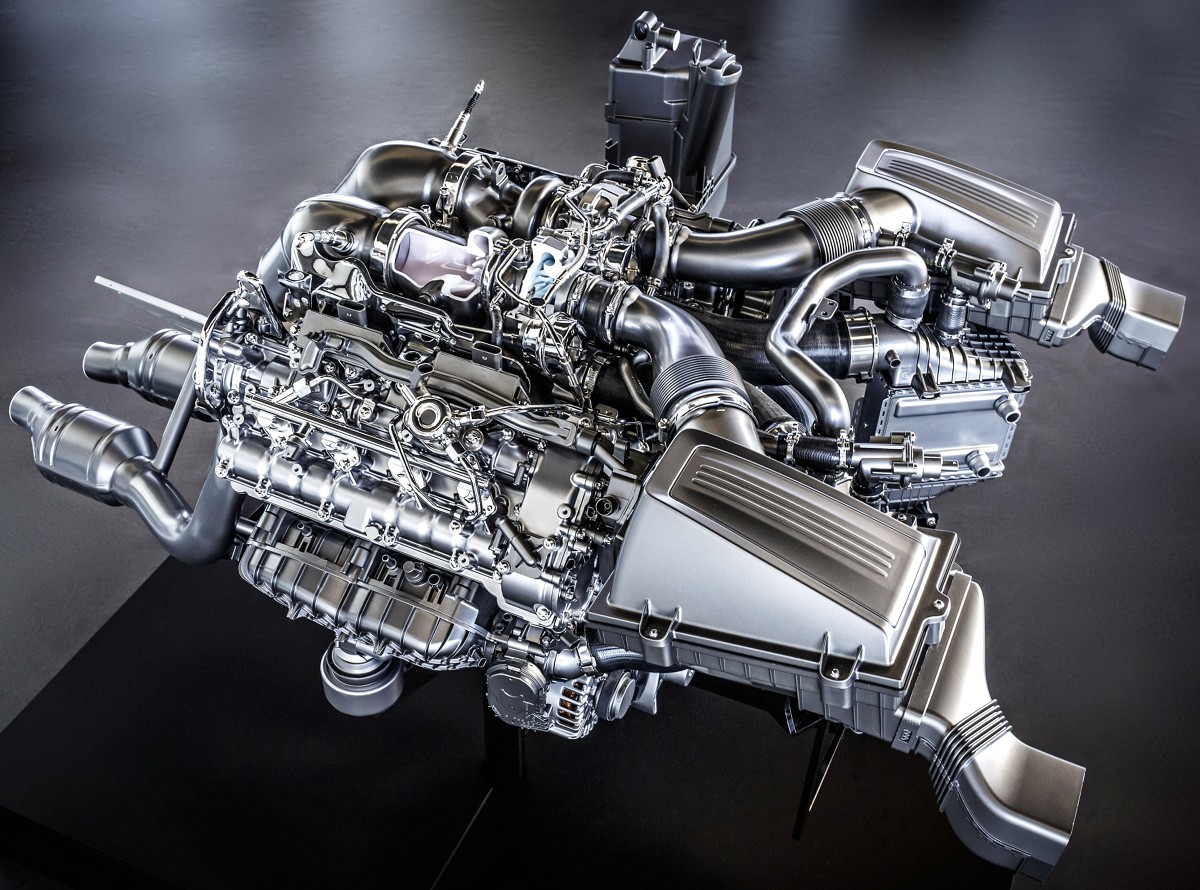 Should a small car have 2 cylinders and a big car 12? Would a three or four cylinder engine be better for the same model? None of these questions have a clear answer.
Should a small car have 2 cylinders and a big car 12? Would a three or four cylinder engine be better for the same model? None of these questions have a clear answer.
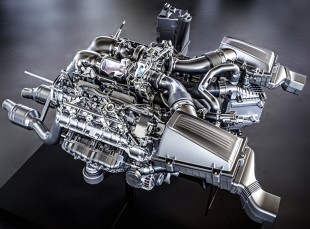 The topic of the number of cylinders in passenger car engines pops up from time to time and each time causes widespread controversy. Basically, this happens when there is a certain general "cylindrical" trend. We now have one - reaching for three- or even two-cylinder engines, which have practically not been on the market for several decades. Interestingly, the reduction in the number of cylinders does not only apply to cheap and mass cars, the same applies to higher classes. Of course, there are still cars that this does not apply to, because the number of cylinders in them is one of the determining prestige.
The topic of the number of cylinders in passenger car engines pops up from time to time and each time causes widespread controversy. Basically, this happens when there is a certain general "cylindrical" trend. We now have one - reaching for three- or even two-cylinder engines, which have practically not been on the market for several decades. Interestingly, the reduction in the number of cylinders does not only apply to cheap and mass cars, the same applies to higher classes. Of course, there are still cars that this does not apply to, because the number of cylinders in them is one of the determining prestige.
The decision on how many cylinders the engine of a particular car will have is made at the design stage of the car. Typically, the engine compartment is prepared for engines with a different number of cylinders, although there are exceptions. The size of the car in this case is of paramount importance. The drive must be powerful enough to provide the vehicle with the appropriate dynamics, and at the same time economical enough to stand out from the competition and meet environmental requirements. In general, it is known that a small car has few cylinders, and a large one has a lot. But how specific? Looking, it is currently assumed that they are as few as possible.
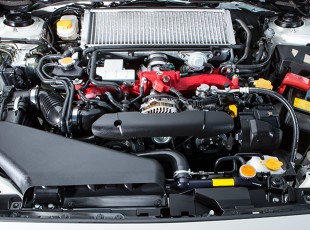 The torque required to generate the driving force on the road wheels is generated in each of the cylinders. Therefore, a sufficient number of them must be taken in order to obtain a good compromise between dynamics and economics. In modern engines, it is believed that the optimal working volume of one cylinder is approximately 0,5-0,6 cm3. Thus, a two-cylinder engine should have a volume of approximately 1,0-1,2 liters, a three-cylinder - 1.5-1.8, and a four-cylinder - at least 2.0.
The torque required to generate the driving force on the road wheels is generated in each of the cylinders. Therefore, a sufficient number of them must be taken in order to obtain a good compromise between dynamics and economics. In modern engines, it is believed that the optimal working volume of one cylinder is approximately 0,5-0,6 cm3. Thus, a two-cylinder engine should have a volume of approximately 1,0-1,2 liters, a three-cylinder - 1.5-1.8, and a four-cylinder - at least 2.0.
However, designers "go down" below this value, taking even 0,3-0,4 liters, mainly in order to achieve lower fuel consumption and smaller engine dimensions. Lower fuel consumption is an incentive for customers, smaller dimensions mean less weight and less material consumption and therefore lower production costs. If you reduce the number of cylinders and also reduce their size, you will get a huge gain in high volume production. Also for the environment, as car factories require less materials and energy.
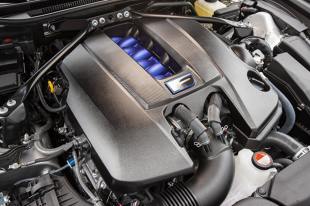 Where does the optimal capacity of one cylinder of 0,5-0,6 l come from? Balancing certain values. The larger the cylinder, the more torque it will produce, but it will be slower. The weight of the components working in the cylinder, such as the piston, piston pin, and connecting rod, will be greater, so they will be more difficult to move. The increase in speed will not be as effective as in a small cylinder. The smaller the cylinder, the easier it is to achieve high RPMs because the masses of the piston, piston pin, and connecting rod are small and accelerate more easily. But a small cylinder will not create a lot of torque. Therefore, it is necessary to accept a certain value of the displacement of one cylinder in order for both of these parameters to be satisfactory in everyday use.
Where does the optimal capacity of one cylinder of 0,5-0,6 l come from? Balancing certain values. The larger the cylinder, the more torque it will produce, but it will be slower. The weight of the components working in the cylinder, such as the piston, piston pin, and connecting rod, will be greater, so they will be more difficult to move. The increase in speed will not be as effective as in a small cylinder. The smaller the cylinder, the easier it is to achieve high RPMs because the masses of the piston, piston pin, and connecting rod are small and accelerate more easily. But a small cylinder will not create a lot of torque. Therefore, it is necessary to accept a certain value of the displacement of one cylinder in order for both of these parameters to be satisfactory in everyday use.
If we take a single-cylinder working volume of 0,3-0,4 liters, then you will have to somehow “compensate” for the lack of power. Today, this is usually done with a supercharger, usually a turbocharger or turbocharger, and a mechanical compressor to achieve higher low to mid-range torque. Supercharging allows you to "pump" a large dose of air into the combustion chamber. With it, the engine receives more oxygen and burns fuel more efficiently. The torque increases and with it the maximum power, a value calculated from the engine torque and RPM. An additional weapon of designers is the direct injection of gasoline, which allows burning lean fuel-air mixtures.
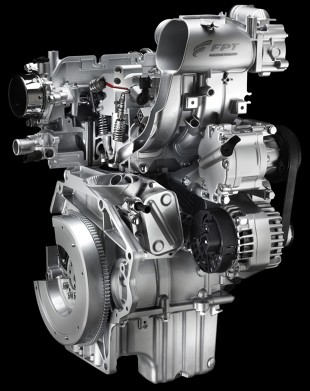 Such small engines, 2 or 3 cylinders, with a working volume of 0.8-1.2, are superior to four-cylinder engines not only in smaller dimensions, but also in lower mechanical resistance and faster reaching the operating temperature. This is because with each "cut" cylinder, the number of parts needed to heat up, as well as to move and create friction, decreases. But smaller engines with fewer cylinders also have serious problems. The most important is the technological complication (direct injection, supercharging, sometimes double charging) and the efficiency that decreases significantly with increasing load. That's why they're fuel-efficient with a smooth ride in the low to mid range. Ideally with eco-driving principles, as even some manufacturers suggest. When driving becomes fast and dynamic, and the engine revs frequently, fuel consumption increases exponentially. It happens that a level is higher than that of naturally aspirated engines with a large displacement, a large number of cylinders and comparable dynamics.
Such small engines, 2 or 3 cylinders, with a working volume of 0.8-1.2, are superior to four-cylinder engines not only in smaller dimensions, but also in lower mechanical resistance and faster reaching the operating temperature. This is because with each "cut" cylinder, the number of parts needed to heat up, as well as to move and create friction, decreases. But smaller engines with fewer cylinders also have serious problems. The most important is the technological complication (direct injection, supercharging, sometimes double charging) and the efficiency that decreases significantly with increasing load. That's why they're fuel-efficient with a smooth ride in the low to mid range. Ideally with eco-driving principles, as even some manufacturers suggest. When driving becomes fast and dynamic, and the engine revs frequently, fuel consumption increases exponentially. It happens that a level is higher than that of naturally aspirated engines with a large displacement, a large number of cylinders and comparable dynamics.
The editors recommend:
- Fiat Tipo. 1.6 MultiJet economy version test
- Interior ergonomics. Safety depends on it!
– Impressive success of the new model. Lines in salons!
No wonder some are trying to find other ways to achieve the same goal. For example, the somewhat forgotten idea of disabling certain cylinders is used. At low engine loads, especially when driving at a constant speed, the power requirement is negligible. A small car needs only 50 hp for a constant speed of 8 km/h. to overcome rolling resistance and aerodynamic drag. Cadillac first used shutoff cylinders in their V8 engines in 1981 but quickly phased this out. Then Corvettes, Mercedes, Jeeps and Hondas had "removable" cylinders. From the point of view of the economics of operation, the idea is very interesting. When the engine load is low, some cylinders stop working, no fuel is supplied to them, and the ignition is turned off. A V8 engine becomes either a V6 or even a V4.
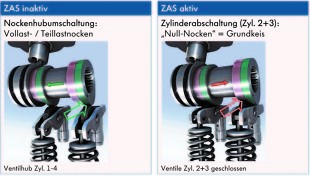 Now the idea has been implemented in a four-cylinder. In the latest edition, additional elements that disable two of the four cylinders weigh only 3 kg, and the surcharge for the system is PLN 2000. Since the benefits associated with reduced fuel consumption are small (approximately 0,4-0,6 l / 100 km, with constant slow driving up to 1 l / 100 km), it is estimated that almost 100 km of travel is required for absorption. additional expenses. However, it is worth noting that turning off the cylinders does not contradict the actual reduction in the number of cylinders. In "disabled" cylinders, the power and ignition are off, and the valves do not work (remain closed), but the pistons still work, creating friction. The mechanical resistance of the engine remains unchanged, which is why the gain in fuel economy is so small when averaging. The weight of the drive unit and the number of elements that must be manufactured, assembled and brought to operating temperature while the engine is running are not reduced.
Now the idea has been implemented in a four-cylinder. In the latest edition, additional elements that disable two of the four cylinders weigh only 3 kg, and the surcharge for the system is PLN 2000. Since the benefits associated with reduced fuel consumption are small (approximately 0,4-0,6 l / 100 km, with constant slow driving up to 1 l / 100 km), it is estimated that almost 100 km of travel is required for absorption. additional expenses. However, it is worth noting that turning off the cylinders does not contradict the actual reduction in the number of cylinders. In "disabled" cylinders, the power and ignition are off, and the valves do not work (remain closed), but the pistons still work, creating friction. The mechanical resistance of the engine remains unchanged, which is why the gain in fuel economy is so small when averaging. The weight of the drive unit and the number of elements that must be manufactured, assembled and brought to operating temperature while the engine is running are not reduced.
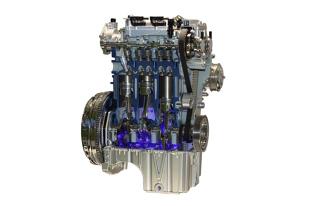 However, dynamics and economics are not everything. The culture and sound of the engine is also largely dependent on the number of cylinders. Not all buyers can tolerate the sound of a two-cylinder or three-cylinder engine. Especially since most drivers have gotten used to the sound of four-cylinder engines over the years. It is also important that, simply put, a larger number of cylinders contributes to the culture of the engine. This is due to the different level of balance of the crank systems of the drive units, which create significant vibrations, especially in in-line two- and three-cylinder systems. To remedy the situation, designers use balancing shafts.
However, dynamics and economics are not everything. The culture and sound of the engine is also largely dependent on the number of cylinders. Not all buyers can tolerate the sound of a two-cylinder or three-cylinder engine. Especially since most drivers have gotten used to the sound of four-cylinder engines over the years. It is also important that, simply put, a larger number of cylinders contributes to the culture of the engine. This is due to the different level of balance of the crank systems of the drive units, which create significant vibrations, especially in in-line two- and three-cylinder systems. To remedy the situation, designers use balancing shafts.
 Four-cylinder in terms of vibration behave much more decently. Probably soon we will be able to forget about relatively popular engines, almost perfectly balanced and working "velvety", such as V-shaped "six" with a cylinder angle of 90º. They are likely to be replaced by smaller and lighter four-cylinder engines, to the delight of lovers of "cutting" cylinders, or the so-called "downsizing". Let's see how long the perfectly running V8 and V12 engines will protect themselves in exclusive sedans and coupes. There are already the first examples of the transition in the next generation of the model from VXNUMX to VXNUMX. Only the position of engines in supersports cars seems indisputable, where even sixteen cylinders can be counted.
Four-cylinder in terms of vibration behave much more decently. Probably soon we will be able to forget about relatively popular engines, almost perfectly balanced and working "velvety", such as V-shaped "six" with a cylinder angle of 90º. They are likely to be replaced by smaller and lighter four-cylinder engines, to the delight of lovers of "cutting" cylinders, or the so-called "downsizing". Let's see how long the perfectly running V8 and V12 engines will protect themselves in exclusive sedans and coupes. There are already the first examples of the transition in the next generation of the model from VXNUMX to VXNUMX. Only the position of engines in supersports cars seems indisputable, where even sixteen cylinders can be counted.
Not a single cylinder is sure of the future. The desire to reduce costs and the environment is obsessive today, as this leads to lower fuel consumption and lower carbon emissions. It's just that lower fuel consumption is really just a theory recorded in measurement cycles and used for validation purposes. And in life, as in life, it happens in different ways. However, it is difficult to get away from market trends. Automotive analysts predict that by 2020, 52% of the engines produced in the world will have a displacement of 1,0-1,9 liters, and those up to 150 hp will be content with only three cylinders. Let's hope no one comes up with the idea of building a single-cylinder car.
